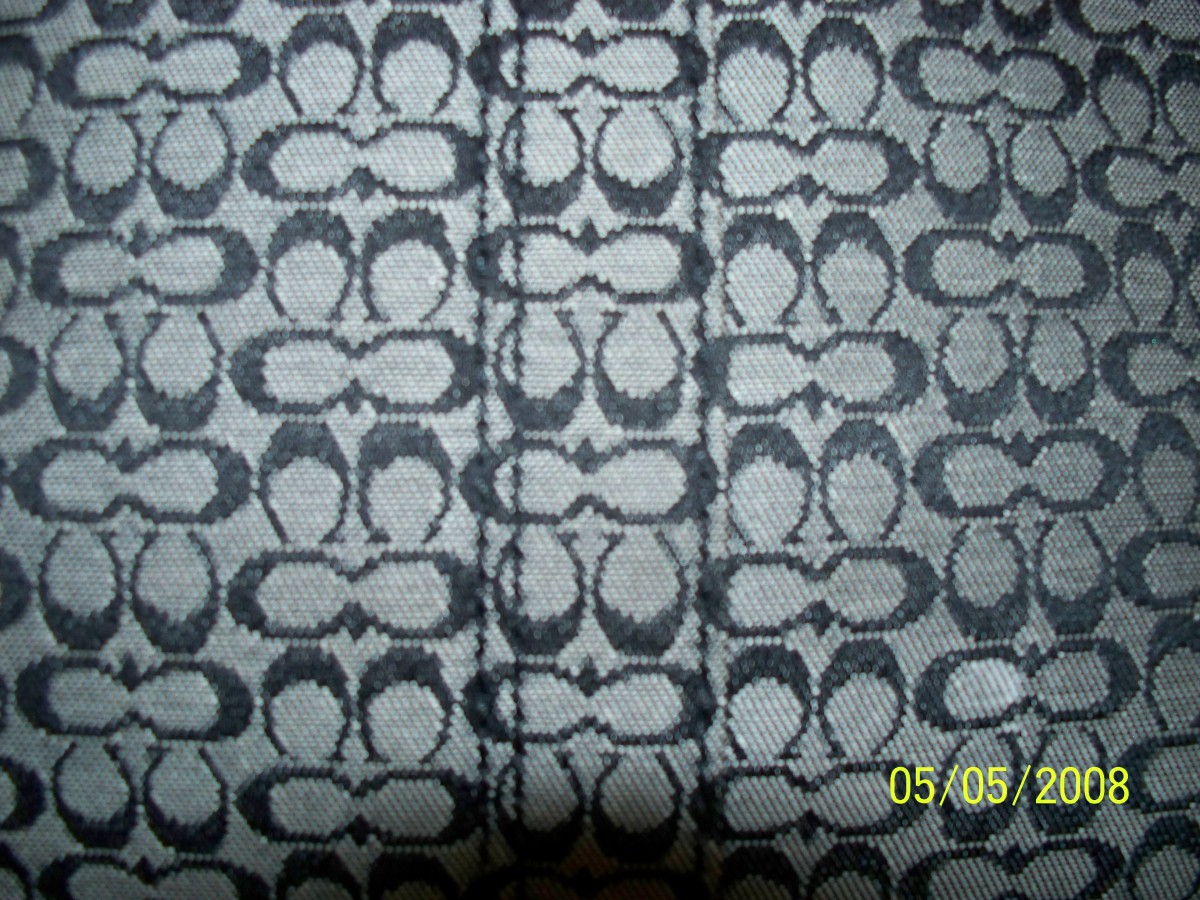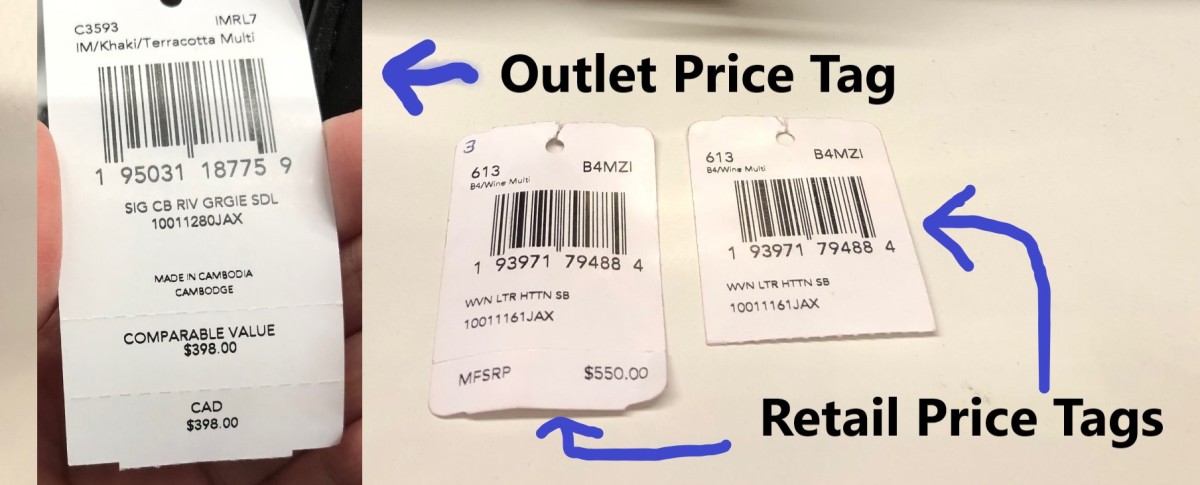Leather, Nylon, and Suede in Handbags: How Are They Made?
Leather
By definition
Accoding to wikipedia, “Leather is a material created through the tanning of skins and hides of animals, primarily cattlehide..” The tanning process will convert animal skin, otherwise useless, into a usable, natural, durable material for various uses. Tannic acids present in plant matter are used to preserve leather so that it will not putrefy, or rot.
Derma
Leather is made of the middle skin layer of animals, the derma. This is strong and flexible. Processing will remove any other undesirable parts leaving only the usable derma layer. A number of cleaning and enzymatic processes are used to fully purify the leather before tanning. The tanning process makes the leather resistant to any bacterial attack through the tanning agents forming bonds with the collagen present in the leather.
Hides
The hides are then rolled dry, and cut to the desired thickness. At this point, the leather is retanned, and any dye, firming or softening of the leather is done through treatment of the leather. The leather is then oiled to remain flexible, dried, smoothed, and buffered to attain the look that everyone knows as leather. Any detailing would be done at this stage, as well as any finish or shine that is applied to the leather. And then…you have leather!
The process is generally considered a clean process in modern times, as tanneries have implemented recycling of liquids and refrain from chemical dumping.
A Synopsis of Three of the Most Used Materials in the Fashion Industry
These three materials alone comprise a great bulk of what the fashion industry uses in their products, especially in handbags, wallets, belts, vests, backpacks, duffle bags, jackets and more.
Have you ever wondered how exactly these materials come into existence? All of these materials go through a long process, chemically and by appearance. All of the processes are also very labor intensive and aren't easy!
Suede
Origins
The material known as suede refers to leather with a soft, “napped” finish. The term originated from France, a play on the words “gants de Suede,” meaning literally “the gloves of Sweden.”
The process to make suede is similar to leather, but does not include the tough outer layer of the leather. This gives suede its soft finish that is so desirable. Suede is made from the middle layer of the leather, which makes it much, much softer, but also less durable and not water resistant. Care must be given to suede products because of their vulnerability to the elements (see our guide on handbag care!)
Full-Grain or Split-Hide
Suede can be produced from full-grain or split-hide leather. Full grain leather suede is known as nubuck in most cases. This is usually more expensive than suede, and somewhat more durable. Full-grain leather is defined as leather that has not been altered beyond the hair being removed, giving the leather a very natural feel. Split-hide is the interior type of leather, which is more soft and fleshy.
Synthetics
Suede has been very replicated with synthetic materials, like ultrasuede, microsuede, or faux suede. Faux suede materials can be more easily cleaned, and are used in items like furniture and other highly used items. Microfiber is a suede-like synthetic made of nylon or polyester (or both), spun and double brushed to achieve that suede feel and look. Ultrasuede is also a synthetic, known to be very durable, washable and easily taken care of overall.

Nylon
Origins
Nylon is known as a very durable fabric, and is used in almost every handbag or wallet on the market. What is it made of? It’s a petroleum based product. This means that nylon is made of the same material as oil! It was originally made all the way back in the 1930s as a silk alternative. It became widely popular with manufacturers and consumers for its durability, cheapness to produce, flexibility, water resistance and ability to take dye very easily.
The Process
Making nylon is a complex molecular process called “ring opening.” Basically, the molecules are opened and flatenned, stretched, then smoothed to form nylon. It is very strong due to its molecular makeup and manipulation. It takes a very long time to decompose due to the process used to make it.
Versatility
Nylon has a huge versatility in the way it can appear. It can appear dull, shiny, smooth, rough…it is also favored for its resistance to mold, water, and chemicals. You’ll find nylon in everything from toothbrushes, pocket linings, parachutes, fishing line, pantyhose, carpets, sneakers, ropes, handbags, bullet proof vests, and even meat packaging.
Disposal
Very versatile, durable and easy to clean. This makes nylon not easy to dispose of properly, and should be brought to a recycling station for disposal. For clothing, the items should be donated, or if no longer usable, taken to a recycling station. If they can’t assist you, contact “freecycle” dot com, where you can find local places to dispose or recycle virtually anything.








